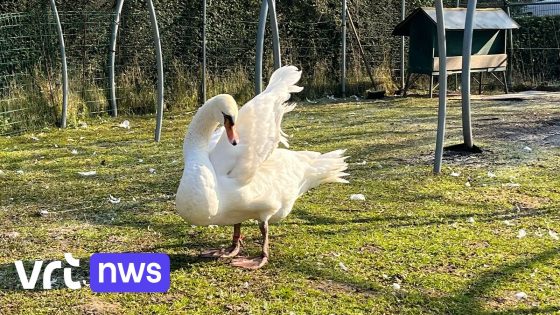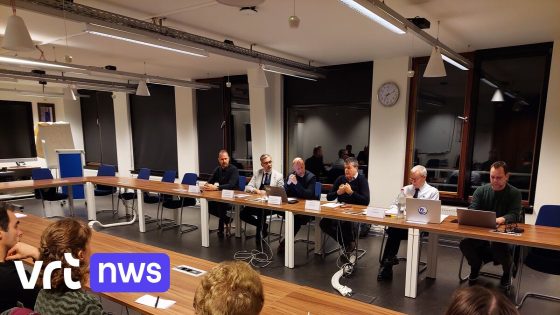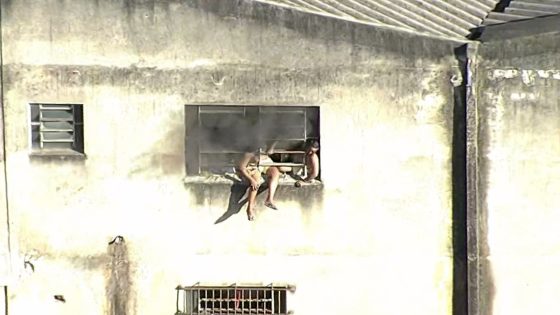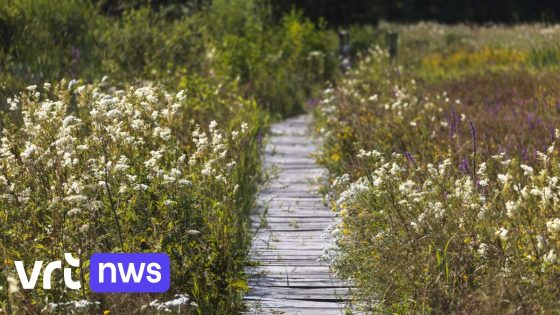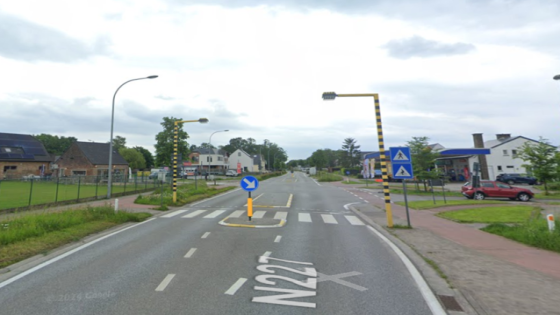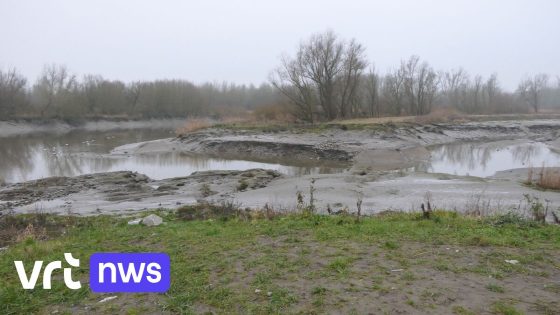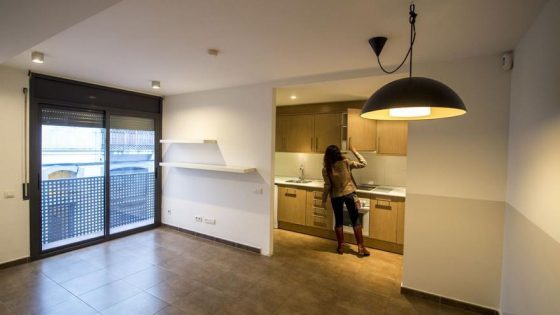A swan in Bruges has been making headlines with its unusual behavior. Over the past two weeks, this show-stopping swan has wandered into the city center more than seven times, even attempting to enter a museum! What could be driving this majestic bird to explore urban life?
- Swan frequently walks in Bruges city center.
- Caretaker Roeland Germonpré comments on swan's behavior.
- Swan nearly entered a museum recently.
- Possible reason: chased by another swan couple.
- Searching for a safer nesting location.
On February 14, 2025, Roeland Germonpré, who cares for the swans, shared insights about this curious creature’s adventures. Could it be seeking safety from other nesting swans? The mystery continues!
The Curious Case of Bruges’ Wandering Swan: Why Is It Exploring the City?
What makes a swan leave its natural habitat for the bustling streets of Bruges? This intriguing situation raises questions about wildlife behavior and urban environments. As one of nature’s most elegant creatures, this particular swan seems determined to find its place amidst human activity.
The Impact of Urbanization on Local Wildlife: A Global Concern
Urban areas are increasingly encroaching on natural habitats, leading to unique challenges for wildlife. In many cases, animals adapt by venturing into cities where they encounter new dangers and opportunities.
The Behavior of Urban Swans: Adaptation or Instinct?
This wandering swan’s actions prompt us to consider whether such behavior is instinctual or a response to environmental pressures. Understanding these patterns can help us protect both wildlife and our urban spaces.
- Swans may seek food sources available in urban areas.
- Nesting conflicts can drive birds into unfamiliar territories.
- Cities offer less predation risk compared to rural areas.
- Human interaction can alter animal behaviors significantly.
The Role of Conservation Efforts in Protecting Wildlife
Conservation initiatives play a crucial role in ensuring that wildlife can thrive alongside human development. By creating safe zones and educating communities about local fauna, we can foster coexistence between humans and nature.



